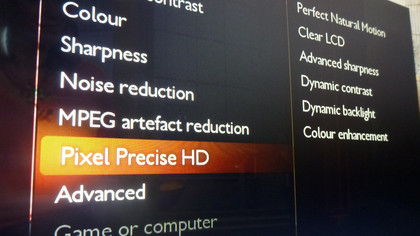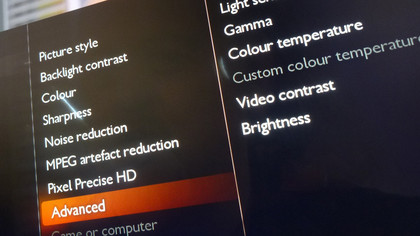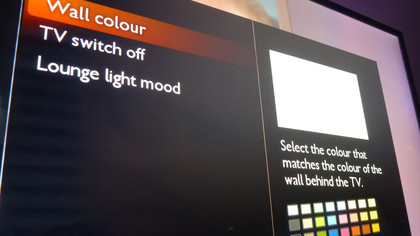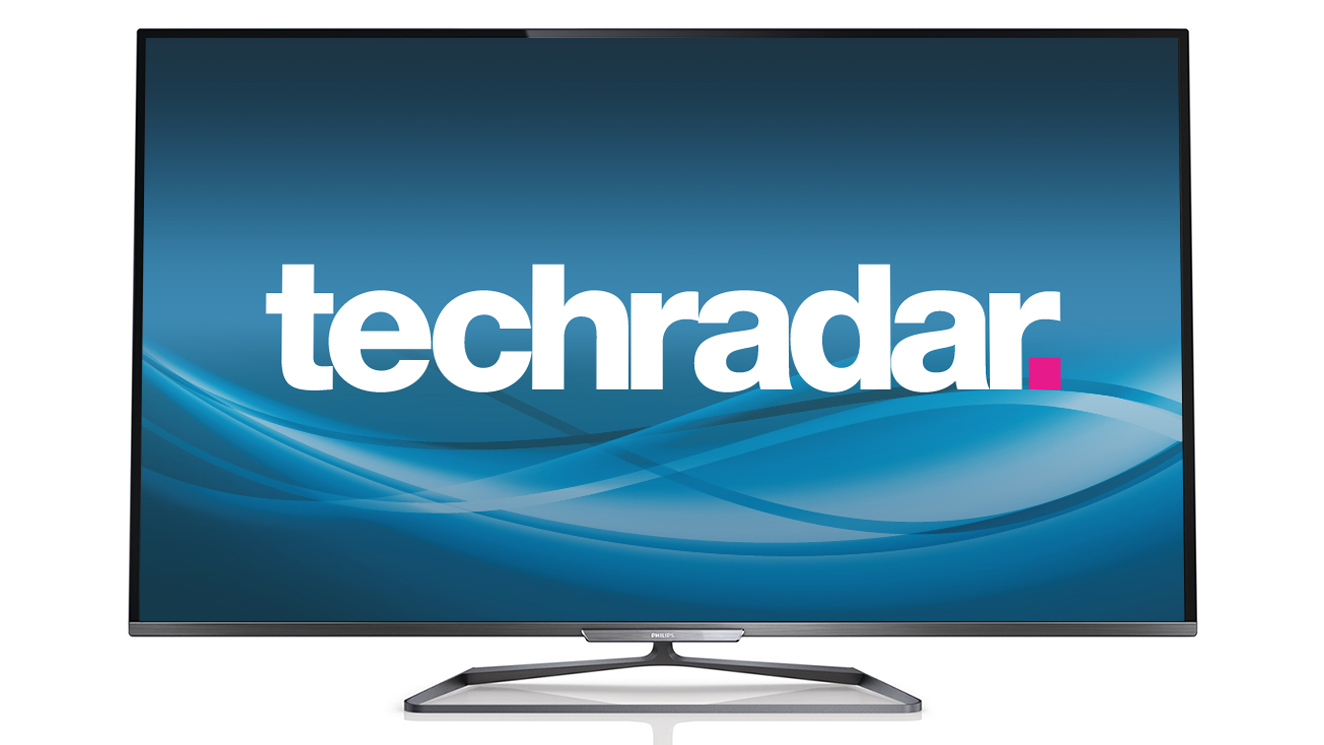Why you can trust TechRadar
Anyone who's ever seen a Philips TV will know that their pictures usually have their own 'look', but while that used to be a slightly over-processed image that wasn't to everyone's taste, the Philips 42PFL6008's natural-looking picture is proof that those days are long gone.
The Philips 42PFL6008 is all about detail. With our test disc Hugo in 2D mode, fine flakes of dust are visible outside Papa George's shop, while the beautifully-lit sequences around the train station are exquisitely brought to life.

A close-up of Gustav as he puts on his best smile, and again in the flower stall, shows some serious detail while most of the colour palette is utterly convincing, if hardly eye-popping. This we like - too many LCD TV makers veer towards eye-searing brightness and overcooked colours.
Peak whites are well handled, though larger areas of black do take on a slight cloudiness above emptiness; they're black enough, but there's not much detail within the darkest areas.

Switch to more mixed material, such as the combination of both stunning visuals and archive footage of NASA's Greatest Missions on Blu-ray and the Philips 42PFL6008 does well, nicely upscaling the latter. Images from BBC2 excel, too, with standard definition snooker detailed, pristine and clean, with only a slight sheen of very fine picture noise interrupting.
Perfect Natural Motion (PNM) - a lynchpin of Pixel Precise HD - isn't new to Philips TVs, but here the 100Hz screen gets some more backlight scanning trickery to create a new 500Hz figure. That's immaterial, though - instead, know that the Philips 42PFL6008 handles motion quite well.

However, left on its maximum setting PNM wreaks havoc around any moving object, with even a quick turn of a head producing artefacts. But on minimum power it creates a smooth, judder-free image that's preferable to the untreated Blu-ray image. Clear LCD, meanwhile, completely gets rid of blur.
As well as a simple depth adjuster, 3D pictures also get the Pixel Precise HD treatment, with PNM arguably more important. Again on its lowest setting (any higher and everything just looks fake), PNM helps mould an almost perfectly judged rendition of the tricky opening sweeping panoramic sequence of Hugo.

The depth is entrancing, and the smoothness beguiling, though during a later panorama of Paris by night the horizontal lines endemic to passive 3D tech are not only visible, but very obviously blocking some of the detail the Philips 42PFL6008 excels with on 2D.
And all this with Ambilight in tow, which adds something truly unique. A touch of shadow detailing aside, judged on image quality the Philips 42PFL6008 is a tempting screen indeed.
Jamie is a freelance tech, travel and space journalist based in the UK. He’s been writing regularly for Techradar since it was launched in 2008 and also writes regularly for Forbes, The Telegraph, the South China Morning Post, Sky & Telescope and the Sky At Night magazine as well as other Future titles T3, Digital Camera World, All About Space and Space.com. He also edits two of his own websites, TravGear.com and WhenIsTheNextEclipse.com that reflect his obsession with travel gear and solar eclipse travel. He is the author of A Stargazing Program For Beginners (Springer, 2015),

